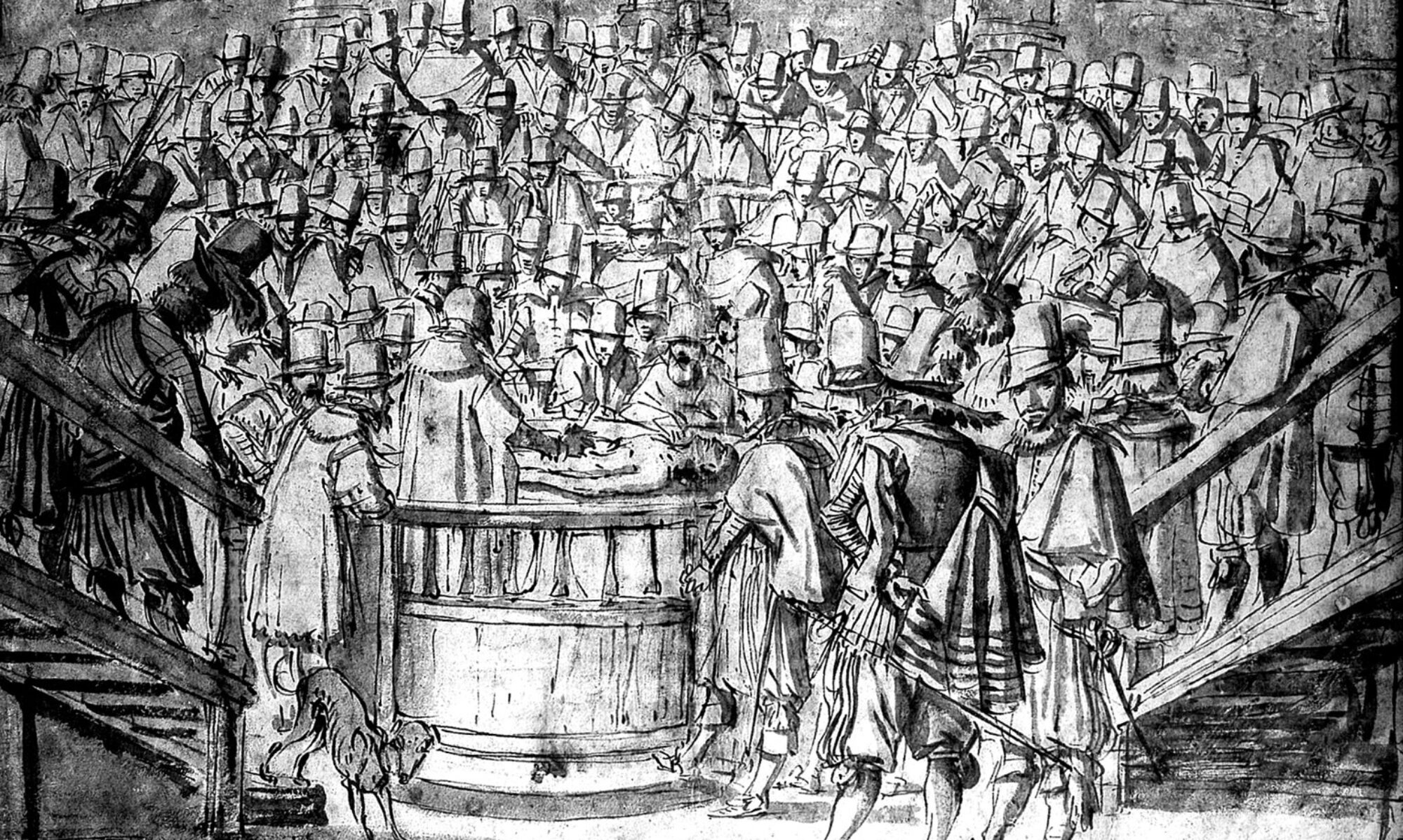
The study of forensic medicine in Warsaw dates back to the times of the Royal University of Warsaw (1816–1831), when Professor Maurycy Woyde held classes on this subject. During the period when the Imperial-Royal Medical and Surgical Academy was in operation (1857–1862), as well as the Main School (1862–1869), lectures in forensic medicine were given by Professor Teofil Wisłocki, who continued to have classes with his students in the first year of the functioning of the Imperial University of Warsaw (when it was under Russian jurisdiction). However, he soon resigned from his post and gave way to a new head of department, Dmitry Alekseevich Kotelevsky. In the following years the Department of Forensic Medicine was headed by A. V. Grigoriev, Y. Pozharisky and V. A. Taranukhin.
After the University of Warsaw was launched in 1915, and once again became a place where classes were taught in Polish, four years elapsed before the Department of Forensic Medicine was established. For the first year lectures at the department were held by professor of pathology Józef Hornowski, who was replaced by Wiktor Grzywo-Dąbrowski (1885–1968) – a graduate of the Jagiellonian University, and pupil of the renowned Professor Leon Wachholz. Initially, the seat of the department was located in a small building on ul. Chałubińskiego, behind the Anatomicum building, because the former rooms dating from the times of the Imperial University of Warsaw were handed over for use by the Departments of Histology and Embryology, Comparative Anatomy and Pathological Anatomy. However the working conditions in this building were dreadful as can be gleaned from Grzywo-Dąbrowski’s surviving notes ‘…a dissecting room was set up in one of them equipped with two tables, in the second was a morgue and the smallest room was designated as office space, the manager’s office and a laboratory, and the fourth at the end was the janitor’s flat. We worked in these conditions for nearly two years; it was terribly cramped; when having lessons in dissection involving twenty people at the same time, you could hardly move, people literally rubbed elbows with each other; in the summer months it was so hot that there were more than just a few cases of fainting; I should also mention that the room had no ventilation whatsoever. The door separating the morgue from the Dissecting Room and office were in the same corridor, 5 paces long, so in the summer when the corpses were in a state of advanced decay, a terrible stench permeated the building, and the decomposing corpses often lay there for several days as there was no cold storage or any cellars available.’

This is why funds were very quickly collected for a new seat, the construction of which was completed in 1929. Designed by the renowned Warsaw architect, Tadeusz Zieliński, the building was distinguished by its neoclassical style and housed the toxicological and serological laboratories, a lecture hall with a dissecting table, a laboratory for students, examination rooms/rooms for carrying out research?, mortuary refrigerators for corpses, a library, a departmental museum and a chapel. In addition to classes for students of the Faculty of Medicine and Law, lectures and courses were also organized for doctors and officials of the State Police, trial judges, midwives and coroners. Other services were also provided in the form of forensic reports for courts, examination of evidence, autopsies both for court and medical purposes. It also housed a museum with an educational profile, collecting objects related to both crime sites and victims of crimes.

Professor Wiktor Grzywo-Dąbrowski, who headed the department, contributed the most to the development of academic forensic medicine. His lectures were chiefly about forensic medicine and psychiatry, medical law and the history of forensic medicine, while his own research was principally focused on suicide statistics in Poland in the 1930s. His most important publications in the interwar period were Wskazówki do wykonywania sądowo-lekarskich oględzin zwłok (Guidelines for the forensic examination of corpses) (1924) and Zarys medycyny sądowej (Outlines of Forensic Medicine) (1924). For many years of his scientific career he was involved in forensic medical examinations and the examination of material evidence. In the years 1932/33 and 1938/39 he was twice elected Dean of the Faculty of Medicine at the University of Warsaw. After the war he was also head of the Library of the Academy of Medicine in Warsaw and conducted exhumations in Palmiry near Warsaw.

The seat of the department was badly damaged during the Warsaw Uprising. Only the dissecting room and a few rooms on the ground floor survived the conflagration. Thanks to the efforts of Grzywo-Dąbrowski and the assistance of students, the building once again obtained an occupancy permit in 1947. After Grzywo-Dąbrowski retired, the department was run by Doc. Władysław Widy, Professor Regina Walentowicz-Stańczyk, Professor Aleksander Dubrzyński and today this very important function is performed by Professor Paweł Krajewski.

